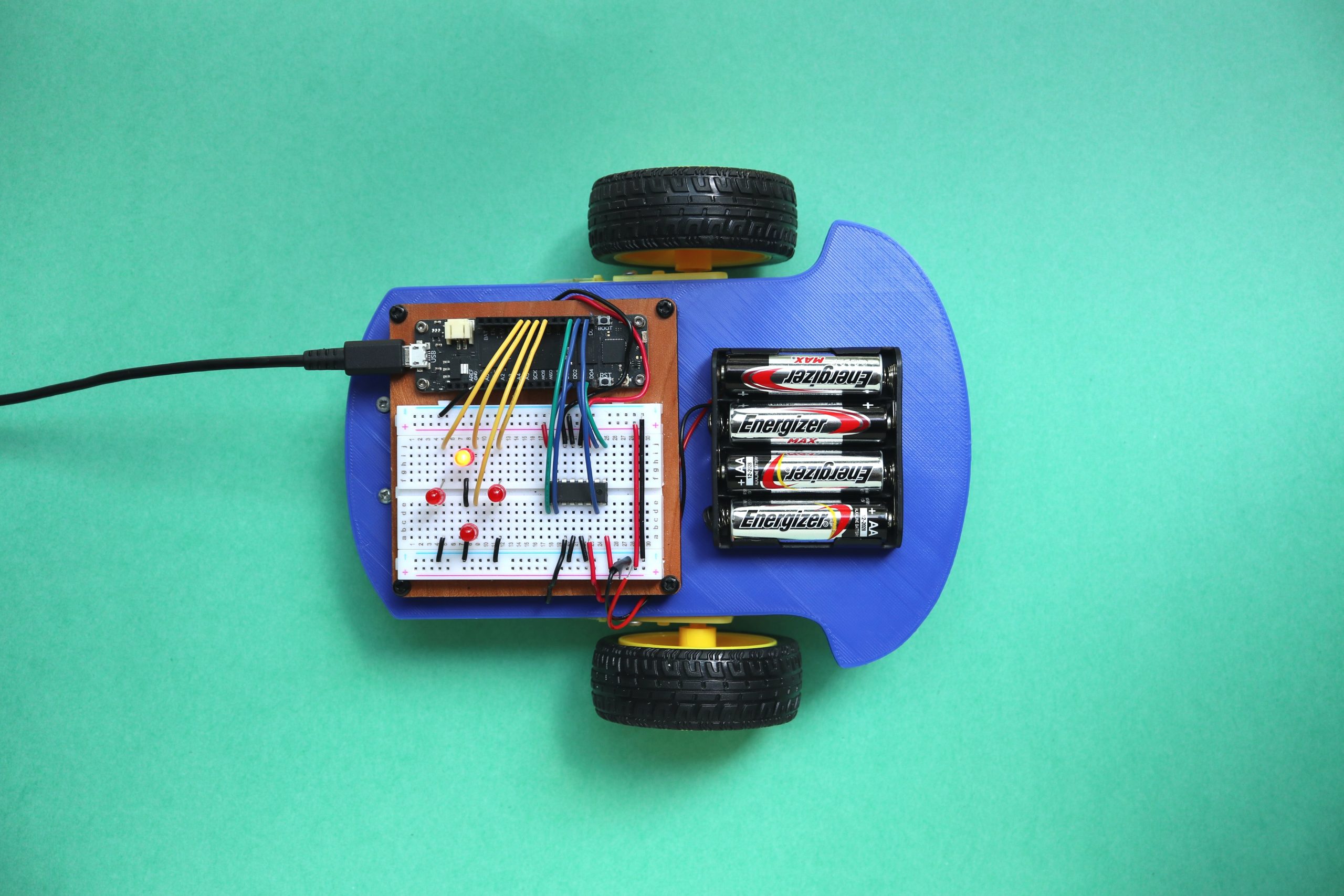Buckle up and get ready to hit the road as we take a fascinating journey into the future of transportation with IoT! From smart cars that can communicate with each other to self-driving vehicles that can navigate roads without human intervention, the way we travel is set to undergo a revolution. In this blog post, we’ll explore how IoT technology is transforming the automotive industry and shaping our transportation systems for years to come. So put your seatbelt on and join us for an exciting ride ahead!
What is IoT?
What is IoT?
IoT, or the Internet of Things, is a network of physical devices and their associated software that are interconnected to enable communication. IoT systems can be found in homes, offices, factories, and more. They allow for data collection and exchange between devices to create a system-level view of what’s happening. The possibilities for IoT are endless, from smart cities to self-driving cars.
Smart Cities
One potential application of IoT is in smart cities. A smart city is an urban area that uses information technology (IT) to improve efficiency and accessibility. It could be anything from improving traffic flow to providing emergency response times. IoT can play a big role in making smart cities a reality. For example, imagine you live in a city with heavy traffic congestion during rush hour. Using sensors located across the city, you could collect data on traffic volumes and speeds at different points throughout the day. This data would then be used to create models that would predict how busy the streets will be at different times of the day. This information would then be used by officials to make decisions about how best to manage traffic flow.
Self-Driving Cars
Another potential use for IoT is self-driving cars. Self-driving cars are vehicles that are able to drive themselves without any input from the driver. This technology has been in development for many years and is still in its early stages. However, there are many believe that self-driving cars could
How does IoT impact transportation?
IoT is a term that refers to the interconnected network of devices that make up the internet of things. The IoT has been seen as a potential game changer for transportation, as it can help improve efficiency and safety in different ways. For example, by monitoring traffic conditions and sending alerts to drivers, IoT can help prevent accidents. In addition, by tracking vehicles’ movements and providing information about where they are going, IoT can help reduce congestion on roads. Additionally, by connecting autonomous cars with other vehicles and infrastructure, IoT could enable self-driving cars. Although there are still some challenges to be addressed before we see widespread adoption of these technologies, the potential benefits are clear.
The benefits of IoT for transportation
According to a study by PwC, the global IoT market will be worth $3.9 trillion by 2025. This is due in part to the increasing demand for mobile app-based services that enable users to manage their transportation more efficiently and enjoy enhanced convenience.
In terms of transportation, IoT has a number of benefits that can help make it more efficient and safer. For example, it can enable smart car features such as navigation and parking assistance. It can also improve traffic flow and navigation through real-time data analytics. In addition, it can help drivers monitor their driving patterns and learn from them for improved safety. And lastly, it can support driverless cars, which are becoming increasingly popular due to their safety advantages and increased efficiency.
The challenges of implementing IoT in transportation
The future of transportation is increasingly reliant on the Internet of Things (IoT). IoT is a network of physical devices, software, and people that enables data sharing and communication between them. It can be used in many different fields, such as transportation.
One example of how IoT could be used in transportation is to help drivers stay safe. For example, sensors in a self-driving car could monitor the driver’s speed, braking abilities and more. This information would then be used to create a personalized driving experience for each individual.
Another challenge when it comes to implementing IoT in transportation is security. Sensors and other devices need to be protected from hackers and thieves who may want to misuse the data they collect. Additionally, vehicles need to be able to communicate with one another safely so that all the information needed for autonomous driving can be shared between them.
Conclusion
In today’s world, transportation is becoming more and more complex. Cars that are both smart and self-driving are on the horizon, and they will only become more prevalent in the years to come. We must remember that these advancements need to be made safely, and we must ensure that our data is handled securely in order for these technologies to continue developing. IoT will play a significant role in making sure all of this happens smoothly, so stay tuned!




